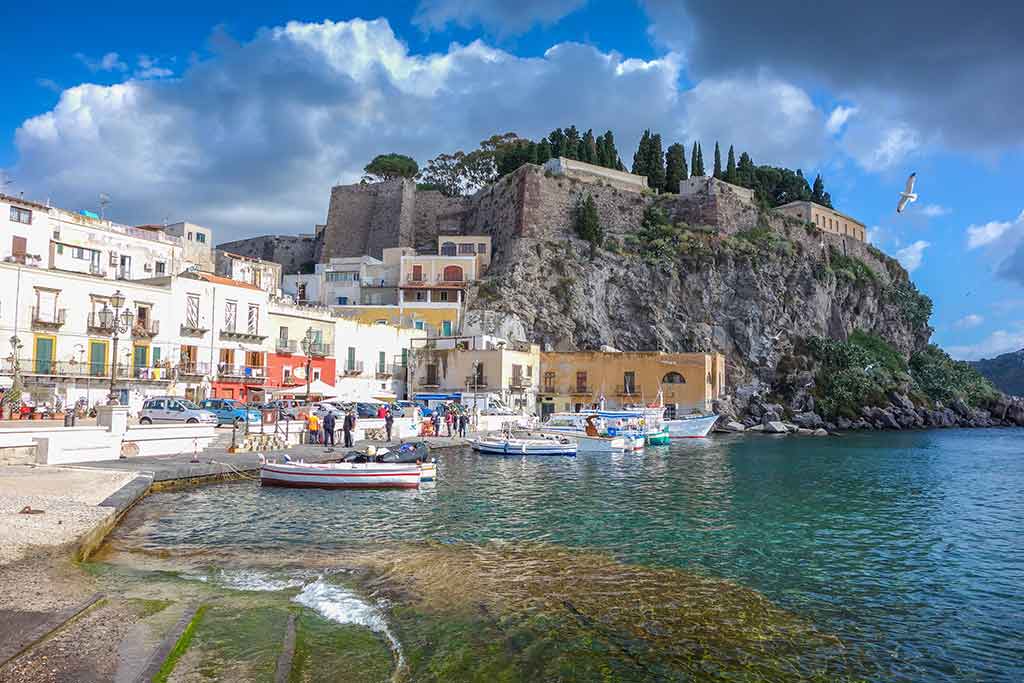Welcome
to Lipari Italy. If you’are planning to visit Lipari for your next trip and you are
looking for the best places to visit, here you’ll find tips and suggestions of most
popular point of interest and activities not to be missed in Lipari and surrounding.
Travelers will appreciate this italian town with
his rich historical and artistic heritage, local culture and environment. Discover the monuments, buildings, natural
treasures and all the details that characterize Lipari and its territory. Share and suggest a place you've
visited.

Marina di Lipari, view of the port, Aeolian Islands
The largest of the Wind Islands, the Aeolian Islands, is a wonderful island to visit and enjoy your well-deserved holidays. One of the seven pearls of the Mediterranean, so is called the archipelago, is well organized and reachable by scheduled ferries or with the own boat.
Lipari has countless accommodation facilities. It has more than ten thousand inhabitants in winter while in summer it is the destination for many tourists who want to explore its sea and its land.
Like the other islands of the archipelago it is of volcanic origin and still a part of the volcanoes is considered still active. It is also called white island for its particular light color, thanks to the massive presence of pumice stone, a volcanic material that floats in the water.
Beautiful walks along the old paths between dry stone walls and caper crops. The wonderful sea gives moments of pure happiness and sometimes surprises with discoveries of ancient ships. In fact, thousands of archaeological finds have been found in the waters around Lipari that you can admire in the Aeolian Archaeological Museum.
The most beautiful beaches and bays you obviously access from the sea but even if you don't own a boat, there are the inhabitants of the island who are there take you to the most beautiful places to bathe or simply all around the island. It is superfluous to tell you that the wonderful cuisine is based on simple and healthy dishes of fresh fish and capers.
written by Mark Dutton - Last update: 25/10/2021
This guide has been translated automatically through a third party service. Visititaly offers these automatic translations to help site visitors, however the automatic translations may contain inaccuracies, errors or inaccuracies. You can contact us to report inaccuracies or errors and we will check the translation.